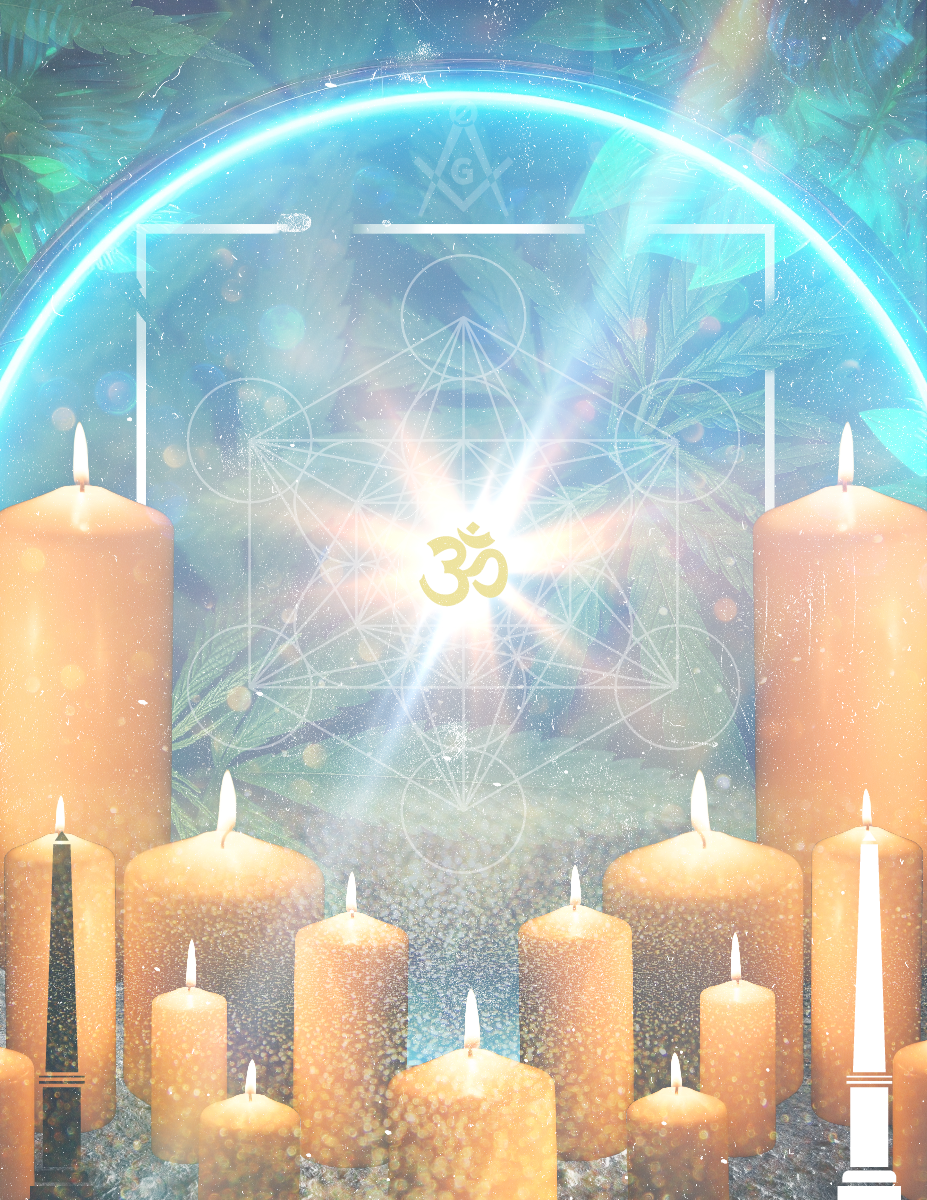Mudras are sacred hand gestures and seals that have been used for millennia as powerful tools for spiritual awakening, energy manipulation, and consciousness expansion. Rooted in ancient Eastern traditions, mudras offer a unique way to harness the body’s subtle energies and connect with the inner realms of existence. In this essay, we will explore the essence of mudras, their historical origins, their role in esoteric practices, and their profound impact on consciousness and energy flow.
The Essence of Mudras:
The term “mudra” is derived from the Sanskrit word for “seal” or “gesture.” Mudras are symbolic hand positions that are believed to channel and direct the flow of prana, the life force energy that permeates the universe and the human body. Through specific configurations of the fingers, mudras establish a connection between the individual and the cosmic energies, facilitating spiritual growth and self-realization.
Historical Origins:
Mudras have ancient origins, with references dating back to the earliest Vedic texts in India, such as the Rigveda. Over time, mudras became integral components of various spiritual and esoteric traditions, including Hinduism, Buddhism, and Jainism. In these traditions, mudras are seen as a means of communicating with deities, attaining higher states of consciousness, and invoking divine blessings.
The Role of Mudras in Esoteric Practices:
Mudras play a pivotal role in esoteric and mystical traditions around the world, including:
- Yoga: In yoga, mudras are used to enhance meditation, pranayama (breath control), and concentration practices. They help individuals connect with the inner self and access higher states of consciousness.
- Buddhism: Mudras are prevalent in Buddhist iconography, where they represent different aspects of enlightenment and the Buddha’s teachings. For example, the Dhyana Mudra, or meditation mudra, signifies inner contemplation and equanimity.
- Tantra: In Tantric practices, mudras are used to channel sexual energy, activate chakras, and facilitate kundalini awakening. They are a means of harnessing the powerful forces of the body and mind.
The Power of Mudras:
Mudras are believed to possess transformative power, influencing both the physical and metaphysical aspects of human existence:
- Energy Flow: Mudras are conduits for the flow of energy within the body. By assuming specific hand positions, individuals can redirect and balance the vital life force, promoting health and vitality.
- Mental Clarity: Mudras enhance mental clarity and focus by harmonizing the energies of the brain. They are valuable tools for concentration and meditation.
- Emotional Balance: Certain mudras are known to influence emotions and help manage feelings of anxiety, stress, and anger. They promote emotional equilibrium and inner peace.
- Spiritual Awakening: Mudras are gateways to higher states of consciousness and spiritual awakening. They aid in the realization of one’s true nature and connection to the divine.
Common Mudras:
While there are numerous mudras, here are a few commonly practiced ones:
- Anjali Mudra: This is the gesture of prayer or salutation, with the palms pressed together at the heart center. It symbolizes reverence, gratitude, and unity.
- Gyan Mudra: The thumb and index finger touch, forming a circle, while the other fingers remain extended. This mudra enhances wisdom, knowledge, and the connection to universal consciousness.
- Chin Mudra: In this gesture, the thumb and index finger touch, while the other fingers remain extended. It represents the union of individual and universal consciousness.
- Shuni Mudra: The thumb touches the middle finger, and the other fingers remain extended. This mudra is associated with patience and discipline.
- Dhyana Mudra: The hands rest on the lap, with the right hand placed on top of the left, and the thumbs gently touching. This mudra symbolizes meditation and inner contemplation.
Mudras as a Path to Consciousness:
Mudras provide a direct means of accessing and manipulating the subtle energies that underlie our physical and mental experiences. They are a bridge between the physical and metaphysical realms, allowing individuals to tap into their inner potential and connect with the universal consciousness.
As practitioners engage in mudra rituals and meditative practices, they embark on a journey of self-discovery, inner transformation, and expanded awareness. Mudras are not only a means of communication with the divine but also a reflection of the divine within each individual.
Conclusion:
Mudras, the sacred hand gestures and seals of ancient Eastern traditions, serve as powerful instruments for awakening consciousness and regulating energy flow. With their roots in esoteric and mystical practices, mudras have been used for centuries to facilitate spiritual growth, inner transformation, and connection to the divine.
In a world filled with distractions and disconnection, mudras offer a tangible way to bridge the gap between the physical and metaphysical realms. They remind us that our hands, as extensions of our consciousness, have the potential to shape our inner and outer realities, guiding us on a path of self-realization and spiritual enlightenment.
Bibliography:
- Saraswati, Swami Satyananda. “Asana, Pranayama, Mudra, Bandha.” Bihar School of Yoga, 1996.
- Das, Mira. “Mudras: Yoga in Your Hands.” Weiser Books, 2000.
- Tiwari, Swami Satyananda Saraswati. “The Science of Pranayama.” Bihar School of Yoga, 2001.
- Gherwal, Yogi Ramacharaka. “Science of Breath.” Martino Fine Books, 2011.
- Khalsa, Shakta Kaur. “Kundalini Yoga: Unlock Your Inner Potential Through Life-Changing Exercise.” Dorling Kindersley, 2001.
These sources provide valuable insights into the practice of mudras, their historical origins, and their profound impact on consciousness and energy flow. They offer a comprehensive understanding of mudras as a timeless and transformative aspect of spiritual and esoteric traditions.
